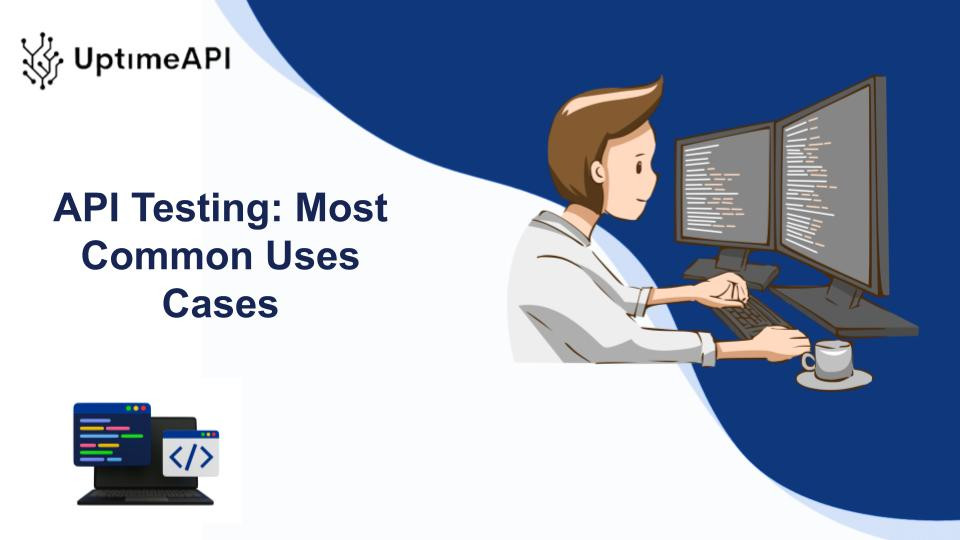In today’s continuously changing digital landscape, API testing is critical to guaranteeing software applications’ stability, performance, and security. APIs (Application Programming Interfaces) are the foundation of modern software systems, enabling communication and data exchange across various components and services. As a result, extensive API testing is required to identify and resolve possible issues before they affect consumers and organizations.
Brief Overview of API Testing
API testing includes analyzing API functionality, performance, security, and dependability to ensure that they fulfill the needs and expectations of users and applications. It includes a variety of testing approaches and methodologies used to validate different aspects of API behavior and functionality.
Identifying frequent use cases is critical for developing comprehensive test strategies that address all elements of API behavior and functionality. Understanding the various scenarios and requirements faced in API testing allows organizations to design tailored test programs and efficiently manage API usage risks.
Functionality testing validates the accuracy of API functions, ensuring that they work as intended. This includes evaluating input and output data, testing error handling methods, and ensuring that APIs meet the stated requirements and standards. Performance testing evaluates different elements of API performance, including response time, throughput, and scalability. Organizations may detect performance bottlenecks, optimize API performance, and maintain a consistent user experience by evaluating how APIs function under various loads and situations.
Impact of Poor API Performance on User Experience
When APIs perform poorly, users may suffer slow response times, timeouts, or unresponsive behavior, resulting in a negative user experience. This can lead to higher bounce rates, lower user retention, and unfavorable word-of-mouth, all of which undermine the app’s reputation and success. As a result, comprehensive API performance testing is required to discover and resolve any performance issues before they affect users.
To summarize, API testing is an essential component of software development and maintenance, allowing organizations to assure the stability, performance, and security of their APIs. Organizations may reduce risks, improve API performance, and provide better user experiences by identifying common use cases in it and executing comprehensive testing methodologies. As a result, it is critical for enterprises to prioritize it and incorporate it into their software development process.
Uptime API
This API enables real-time monitoring and fast insights. You will receive alerts in the format that best suits your requirements, such as email, SMS, or webhook notifications. Setting up monitors is simple. You can create monitors by supplying the API endpoint URL and specifying monitoring intervals and timeouts.
Monitoring intervals control how frequently Uptime API checks your API’s status, whereas timeouts limit how long it can wait for a response. These settings allow you to tailor monitoring to your specific requirements and expectations. You can create alerts on your Uptime API dashboard and specify who should get messages. This enables you to give updates to your teammates.
Here’s a Video That Will Explain To You How This API Works
This API provides adjustable plans with varying monitor limitations, allowing you to choose the most appropriate plan for your monitoring needs. It provides historical data and statistics, allowing you to track its performance over time. You’ll be able to look through your logs to see what went wrong with your API. They provide a 30-day free trial so that you can experience the benefits of Uptime API before committing to a membership.



